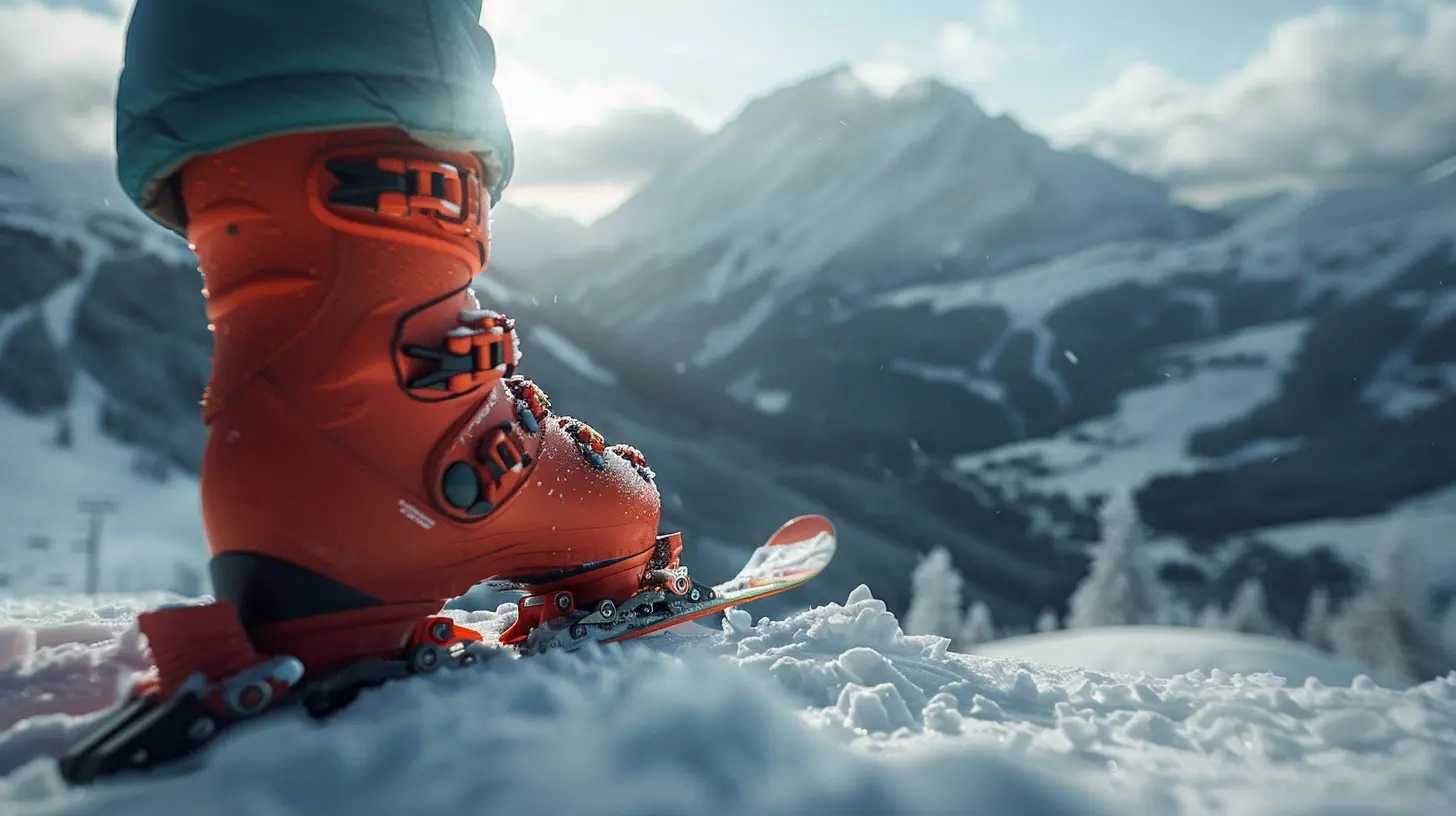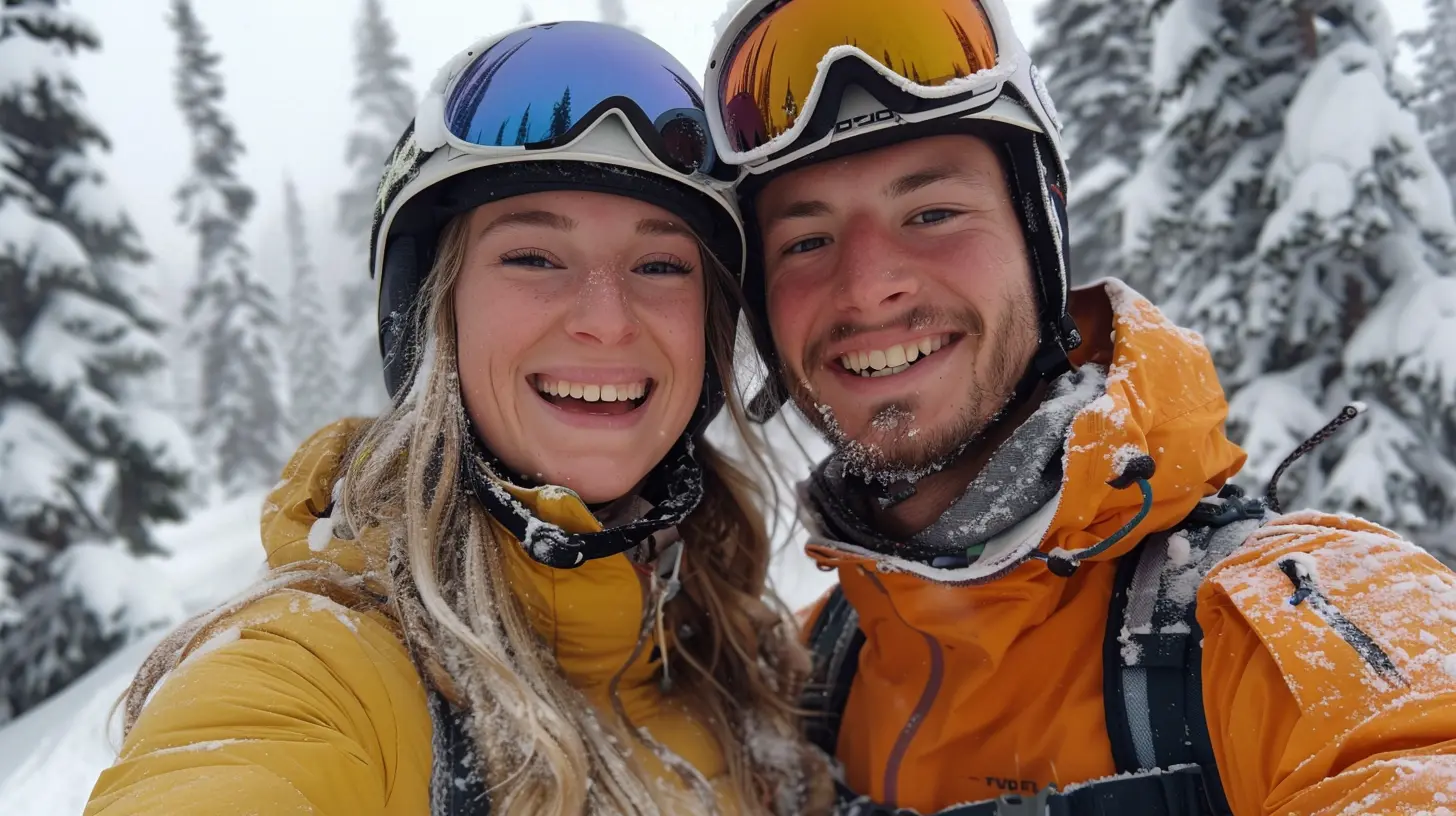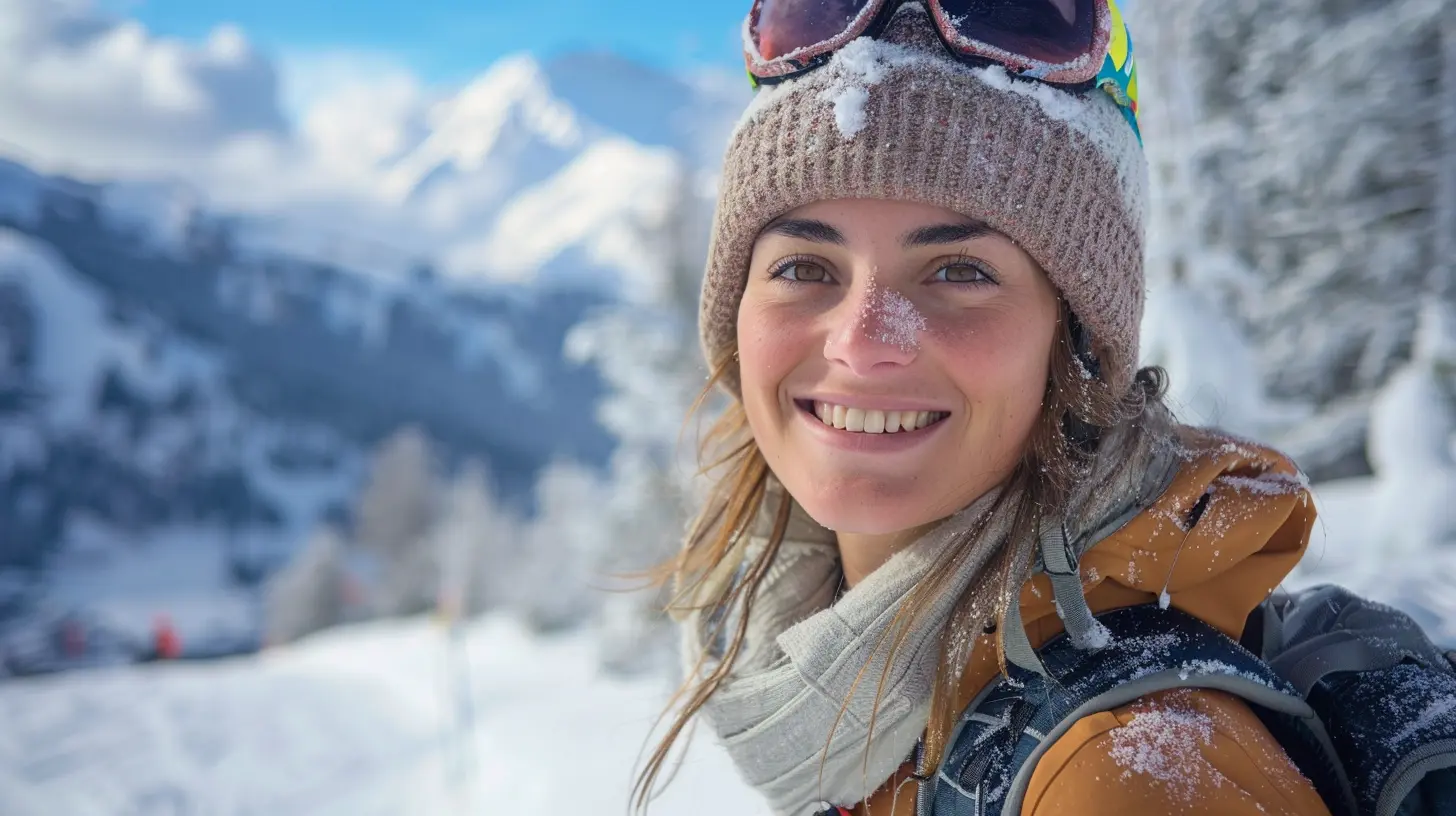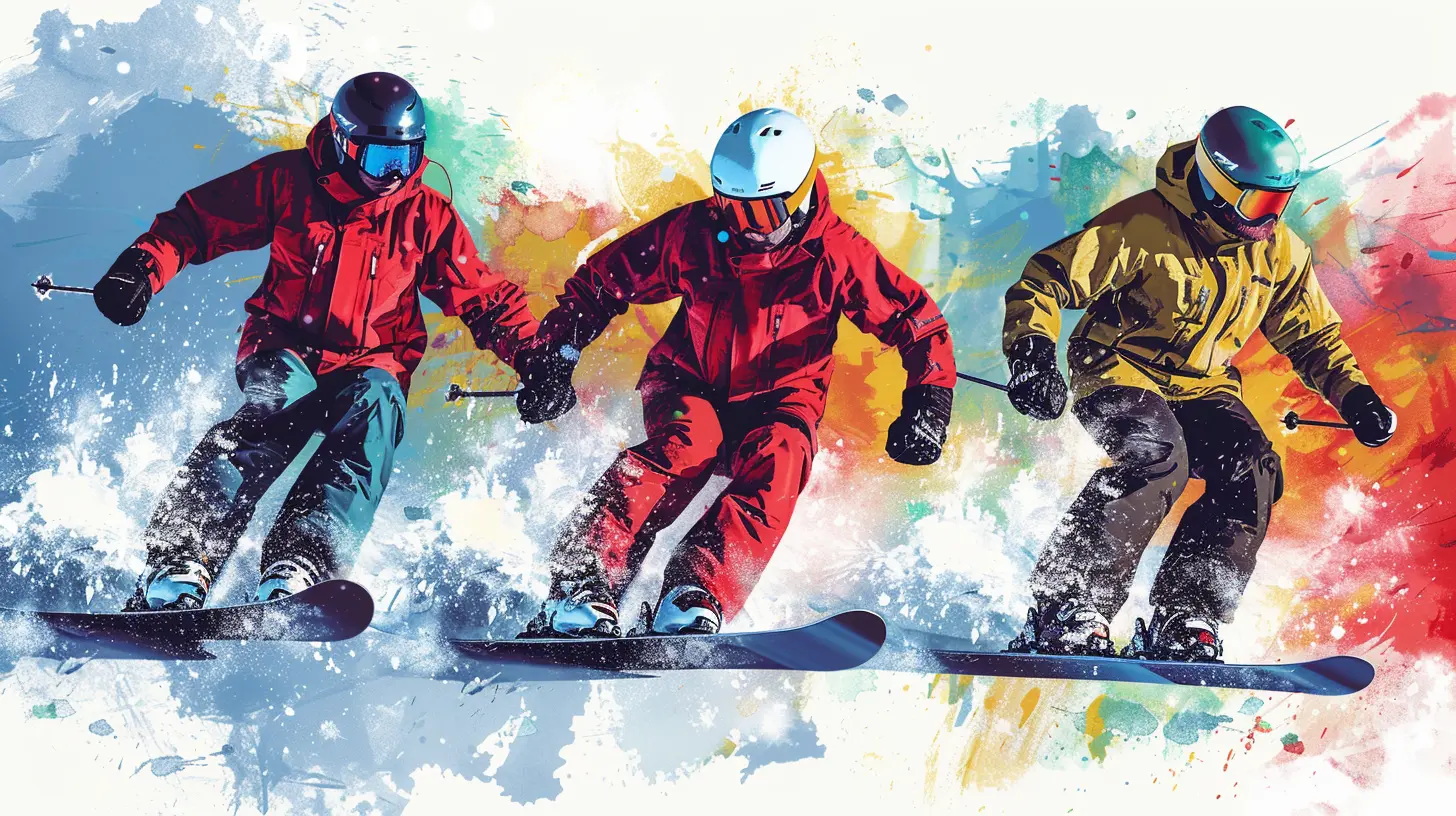How to Avoid Injuries While Skiing and Snowboarding
13 July 2025
Skiing and snowboarding are absolute thrills—nothing compares to the rush of carving down a snow-covered mountain with the crisp winter air on your face. But let's be real, they can also be pretty brutal on the body if you're not careful. No one wants to turn their dream ski trip into an unexpected hospital visit!
So, how do you ensure you make it down the mountain in one piece? We’ve got you covered with some practical, easy-to-follow tips to help you stay safe and injury-free while enjoying the slopes. 
1. Get Your Body Ready Before Hitting the Slopes
Skiing and snowboarding aren’t just weekend hobbies—they’re full-body workouts. If you go in unprepared, your muscles and joints might not appreciate the sudden shock of high-intensity movement.Start With Strength and Conditioning
Your legs, core, and back do most of the heavy lifting, so strengthening these muscles before your trip can make a world of difference. Squats, lunges, planks, and balance exercises should be your new best friends.Improve Your Flexibility
Stretching is just as important as strength training. A limber body reacts better to unexpected slips and falls, reducing the risk of injuries. Yoga or dynamic stretching can do wonders for your flexibility.Cardio Helps Too
You’ll be burning a ton of energy on the slopes, so being in decent cardiovascular shape ensures you don’t tire out too quickly. A little jogging, cycling, or even brisk walking in the weeks before your trip can build up your endurance.
2. Wear the Right Gear (Because Looking Cool Isn’t Everything)
Sure, you want to look good in your ski outfit for the Instagram photos, but more importantly, you need proper gear that keeps you safe and comfortable.Always Wear a Helmet
This one’s a no-brainer—literally. Head injuries are some of the most serious risks in skiing and snowboarding, and a helmet dramatically reduces the chances of severe trauma.Pick the Right Boots
Your boots should fit snugly but not be painfully tight. Ill-fitting boots can lead to foot pain, poor circulation, or, worse, instability that increases the risk of injury.Don't Skimp on Goggles
Skiing and snowboarding require sharp vision, and glare from the snow can mess with your depth perception. Good goggles keep your vision clear and protect your eyes from snow, wind, and harmful UV rays.Layer Like a Pro
Stay warm but don’t overdo it. Layering allows you to regulate body temperature as needed. Start with a moisture-wicking base layer, add an insulating layer, and top it off with a waterproof jacket and pants.
3. Know Your Limits (The Mountain Isn’t Going Anywhere)
If you’re new to this winter wonderland, resist the temptation to follow that one friend who’s been shredding black diamond runs since they were five years old.Stick to Your Skill Level
Start on beginner-friendly slopes and work your way up gradually. Confidence is great, but overconfidence? That’s a shortcut to injuries.Take Breaks When Needed
Fatigue leads to sloppy form, and sloppy form leads to crashes. If your legs feel like jelly, take a break, grab some hot cocoa, and rest before getting back out there.Listen to Your Body
Pain is your body’s way of saying, “Hey, something's not right!” Don’t push through it—know when to call it a day instead of risking serious injury.
4. Master Proper Technique (Bad Form = Bad Falls)
A little technique goes a long way. Whether you’re skiing or snowboarding, using the correct posture and movements can prevent a lot of common injuries.For Skiers
- Keep your knees slightly bent and your weight centered.- Avoid leaning too far back—this can lead to loss of control and potential knee injuries.
- Use your poles for balance, not as crutches.
For Snowboarders
- Maintain a low, balanced stance with knees slightly bent.- Avoid catching an edge—one of the most common causes of hard falls.
- Fall the right way: if you're going down, try to land on your forearms instead of extending your hands (to avoid wrist fractures).
Consider taking a lesson from a certified instructor, even if you're not a total newbie. A little professional guidance can vastly improve your technique and safety.
5. Warm Up and Cool Down—Don’t Skip It!
Would you sprint full speed without warming up? Probably not. Skiing and snowboarding are demanding sports, and jumping straight into action is a recipe for strained muscles and stiff joints.Warm-Up Before You Hit the Slopes
A five to ten-minute warm-up can wake your muscles up and improve flexibility. Try doing some leg swings, lunges, arm circles, and gentle stretches before strapping on your gear.Cool Down at the End of the Day
Your muscles will thank you later! After skiing, take a few minutes to stretch and cool down. This helps reduce soreness and speeds up recovery so you're not hobbling around the lodge the next morning.6. Watch Out for Changing Conditions
Not all ski days are created equal—weather and snow conditions can change rapidly, making some runs more dangerous than others.Beware of Ice
Icy slopes are tricky and increase the chances of slipping. If you’re skiing on a particularly icy day, take it slow and keep your movements controlled.Fresh Powder Can Be Deceptive
While powder skiing feels amazing, deep snow can hide obstacles like rocks and tree stumps. Stay aware and don’t blindly plow through unfamiliar areas.Be Cautious in Poor Visibility
Fog, heavy snowfall, or low-light conditions can make it harder to see bumps, dips, or other skiers. Adjust your speed and always stay in control.7. Hydrate and Fuel Your Body
Skiing and snowboarding burn a surprising amount of energy, and dehydration can sneak up on you in cold weather.Drink Plenty of Water
Cold air can be deceptive—you might not feel as thirsty, but your body still needs hydration. Keep a water bottle handy and sip throughout the day.Eat for Energy
Your body needs fuel to perform. Don’t go out on an empty stomach—eat a balanced meal with carbs, protein, and healthy fats. Snacks like nuts, bananas, or granola bars can help keep energy levels up.8. Learn How to Fall Safely
No matter how careful you are, falls are inevitable. Learning how to fall properly can prevent serious injuries.Skiers:
- Try to keep your limbs relaxed instead of stiffening up mid-fall.- Avoid falling backward—this puts a lot of stress on your knees.
- If you’re going downhill uncontrollably, try to roll to the side instead of bracing with your hands.
Snowboarders:
- Avoid using your wrists to break a fall—this is how most wrist fractures happen!- Protect your head by tucking your chin in if you're falling backward.
- Fall on the meatiest parts of your body (hips and forearms) rather than straight onto your wrists or elbows.
Final Thoughts
Skiing and snowboarding should be fun, not a fast track to a knee brace! With the right preparation, gear, and a little common sense, you can minimize the risk of injuries and enjoy every moment on the slopes.So, before you charge full-speed down that mountain, take these safety tips to heart—you’ll thank yourself when you're still in one piece at the après-ski lounge!
Stay safe, have fun, and may your only wipeouts be the kind you can laugh about later!
all images in this post were generated using AI tools
Category:
Skiing And SnowboardingAuthor:

Claire Franklin
Discussion
rate this article
2 comments
Sybil Rivera
Great tips! Staying safe on the slopes is essential for fun.
October 8, 2025 at 3:46 PM

Claire Franklin
Thank you! Staying safe definitely enhances the enjoyment of winter sports. Happy riding!
Greta Marks
Skiing and snowboarding can be thrilling, but safety is essential. Prioritize proper gear, stay within your skill level, and always be aware of your surroundings. Enjoy the slopes!
July 20, 2025 at 2:45 PM

Claire Franklin
Thank you for the reminder! Safety is indeed crucial for an enjoyable experience on the slopes.


